Have you ever sipped your favourite beer and wondered what ingredients go into making it so delicious? Here’s a fun fact: Beer is primarily made from water, hops, grains (usually barley), and yeast.
In this article, we will be uncovering the mysteries of these essential ingredients and bring light to their individual roles in the brewing process. Get ready to embark on an enlightening journey into the art of beer-making!
Key Takeaways
- The key ingredients used in beer making are water, barley (grains), hops, and yeast.
- Water forms the base of beer and affects its taste. Different types of water can result in unique flavors.
- Barley provides fermentable sugars that yeast converts into alcohol during fermentation. It also helps create a foamy head on beer.
- Hops add bitterness, flavor, and aroma to beer. They act as a natural preservative and give each brew its distinct taste.
- Yeast ferments the sugars in the grains, producing alcohol and carbon dioxide. Different yeast strains create different flavors.
- Other ingredients used in beer making include adjuncts like wheat, oats, corn, and rice, which can enhance flavor or texture.
- Choosing quality ingredients is important for brewing great – tasting beer. Water quality affects overall taste while grains and hops contribute to specific flavors.
- Using the right combination of ingredients allows brewers to experiment with different styles and cater to various tastes.
The Four Main Ingredients in Beer
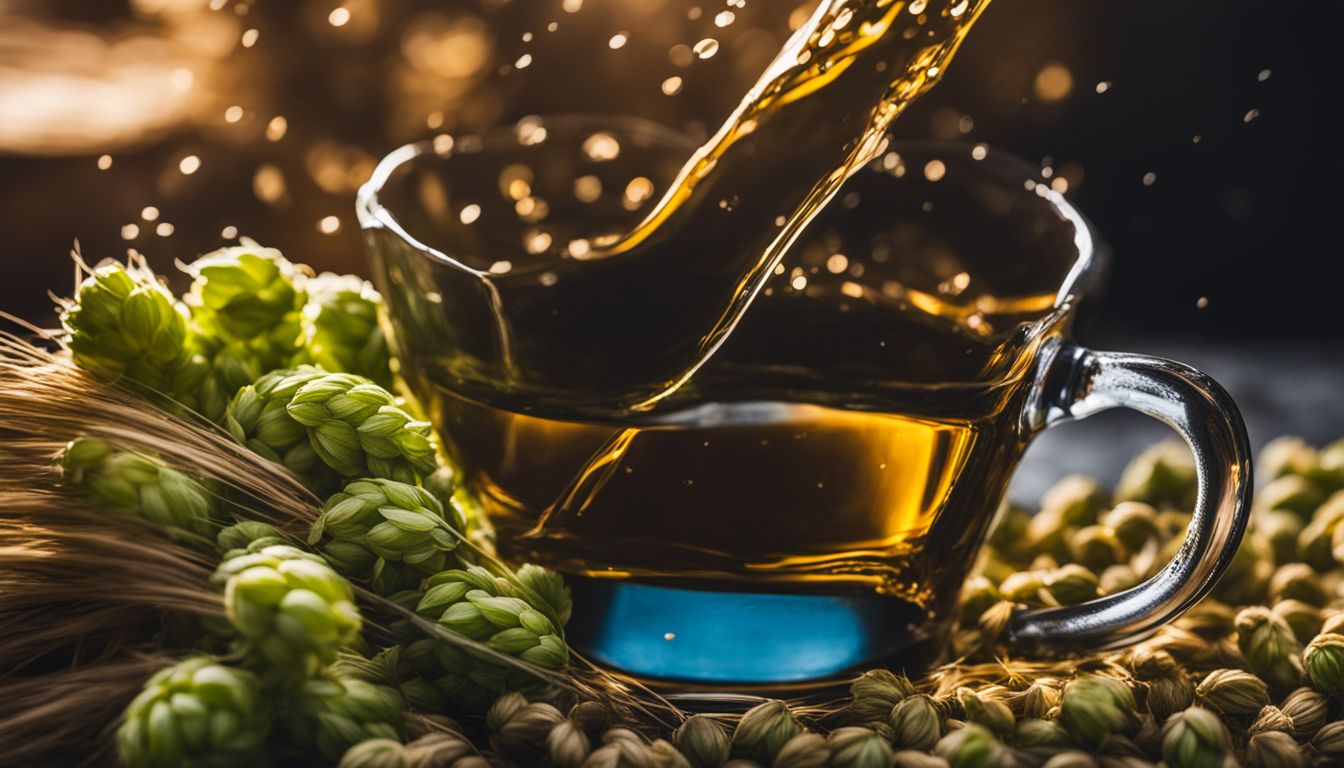
Water, barley (grains), hops, and yeast are the four main ingredients used in beer making.
Water

Water is a key part of beer making. It forms the main base of your beer. The quality of water used can change the taste of your beer. So, good, clean water is very needed for good tasting beer.
Water from different areas can bring different flavours to your beer. This is why some beers taste unique to where they are made.
Barley (Grains)
-52b35cc0fd-673001212.jpg)
Barley is one of the main ingredients used in making beer. It is a type of grain that is commonly malted for brewing purposes. Malted barley provides the fermentable sugars that yeast converts into alcohol during the fermentation process.
The starches in barley are broken down by enzymes, which allows yeast to turn them into alcohol and carbon dioxide. Different types of barley can produce different flavors and colors in beer, giving each brew its unique characteristics.
Barley also helps to create a foamy head on top of the beer when it is poured into a glass. So, next time you enjoy a cold pint, remember that barley plays an important role in creating your favorite beverage!
Hops
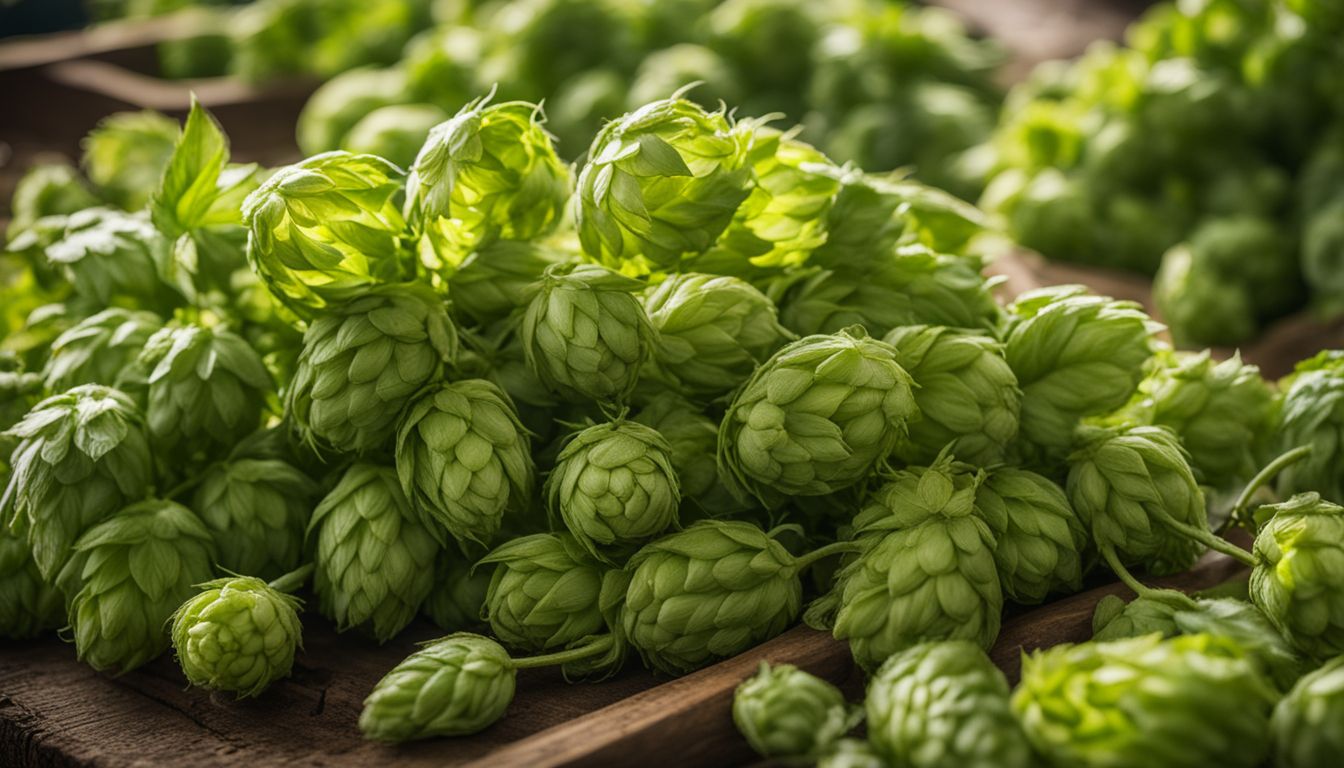
Hops are an important ingredient in beer that adds bitterness, flavor, and aroma. These flowers are what give beer its distinct taste and smell. Hops also act as a natural preservative, helping to prolong the shelf life of the beer.
Different varieties of hops can be used to create different flavors and aromas, allowing brewers to experiment with their recipes. So next time you’re enjoying a cold pint, remember that it’s the hops that help make your beer so tasty!
Yeast

Yeast is a tiny living organism that plays a crucial role in making beer. It’s responsible for fermenting the sugars found in the grains, which creates alcohol and carbon dioxide. Without yeast, there would be no beer! There are different types of yeast used in brewing, such as ale yeast and lager yeast, each producing distinct flavors and characteristics.
The choice of yeast strain can greatly influence the taste of the final product. So next time you enjoy a cold pint, raise your glass to those hardworking little yeast cells that make it all possible!
Other Ingredients Used in Beer Making
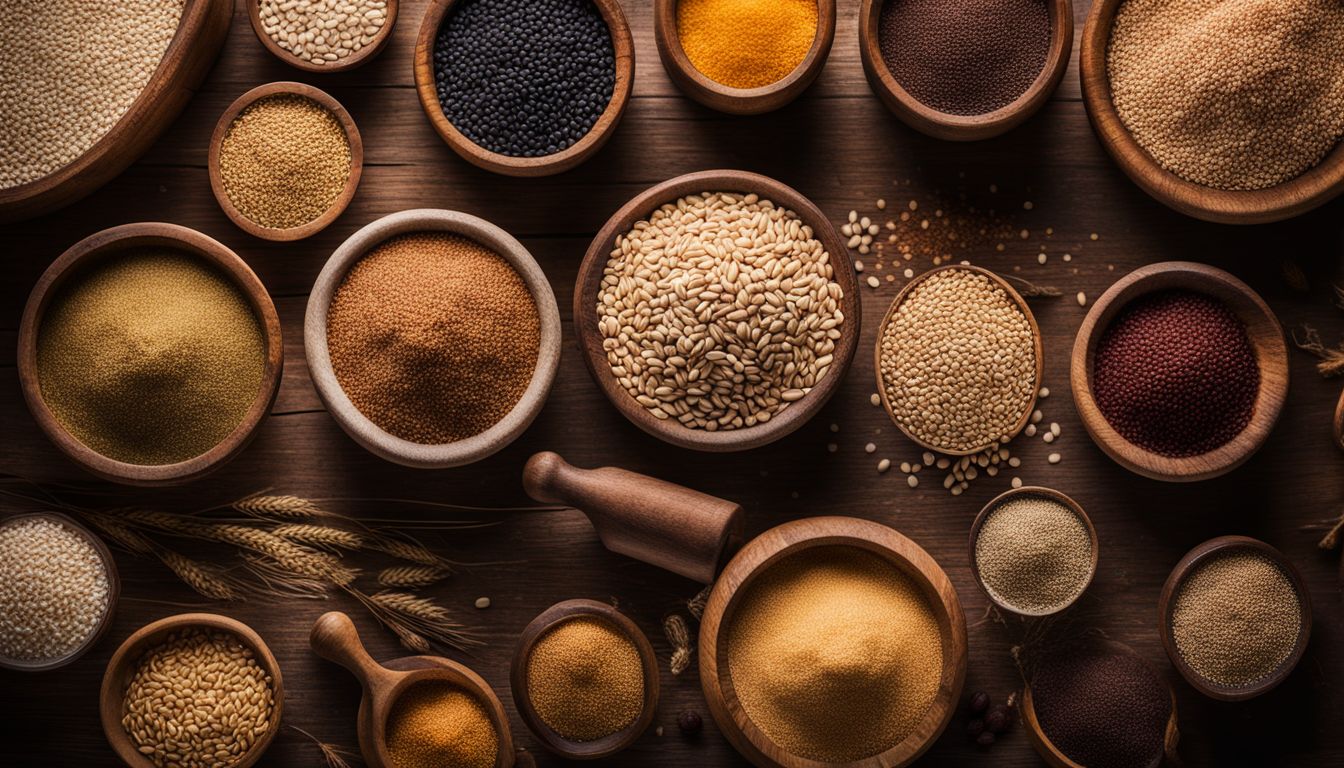
In addition to water, barley, hops, and yeast, there are a variety of other ingredients used in beer making. These include adjuncts and sugars like wheat, oats, corn, and rice. To learn more about the different types of grains used in brewing and their role in the process, read on!
Adjuncts and Sugars

Adjuncts and sugars are additional ingredients used in beer making to enhance its flavor, aroma, or texture. Adjuncts can be cereal grains like corn or rice that are added to the main grain (usually malted barley) during brewing.
These adjuncts can provide different characteristics to the beer, such as a lighter body or a crisp finish. Sugars, on the other hand, are often added during fermentation to increase the alcohol content of the beer.
They provide extra food for yeast to ferment and produce more alcohol. Using adjuncts and sugars allows brewers to experiment with different flavors and create unique brews that cater to different tastes.
When using adjuncts and sugars in brewing, it’s important for brewers to strike a balance so that these additional ingredients complement rather than overpower the main flavors of the beer.
Additionally, different types of grains have varying levels of fermentable sugars, which can affect both the taste and alcohol content of the final product. Brewers carefully select their desired combination of adjuncts and sugars based on desired outcomes like sweetness or dryness in order to create beers with specific characteristics.
Brewers must also consider how these additional ingredients may impact fermentation time and overall stability of their brews throughout storage periods since some adjucts may affect clarity.
Different Types of Grains (Wheat, Oats, Corn, Rice)
-734f0c053b-211317556.jpg)
Grains are an important ingredient in beer, and they come in different types. Here are some examples of grains used in beer making:
- Wheat: It adds a light and crisp character to the beer, often used in wheat beers.
- Oats: They can give a smooth and creamy texture to the beer, commonly found in stouts and porters.
- Corn: Adding corn can lighten the body of the beer and give it a slightly sweet taste.
- Rice: Rice is often used in lagers to create a lighter and crisper flavor.
The Role of Each Ingredient in Beer Making Process

Water provides the base, barley adds fermentable sugars, hops contribute bitterness and flavor, and yeast ferments sugars to produce alcohol. Read on to discover how these key ingredients work together in brewing beer.
Water: Provides the base for the beer
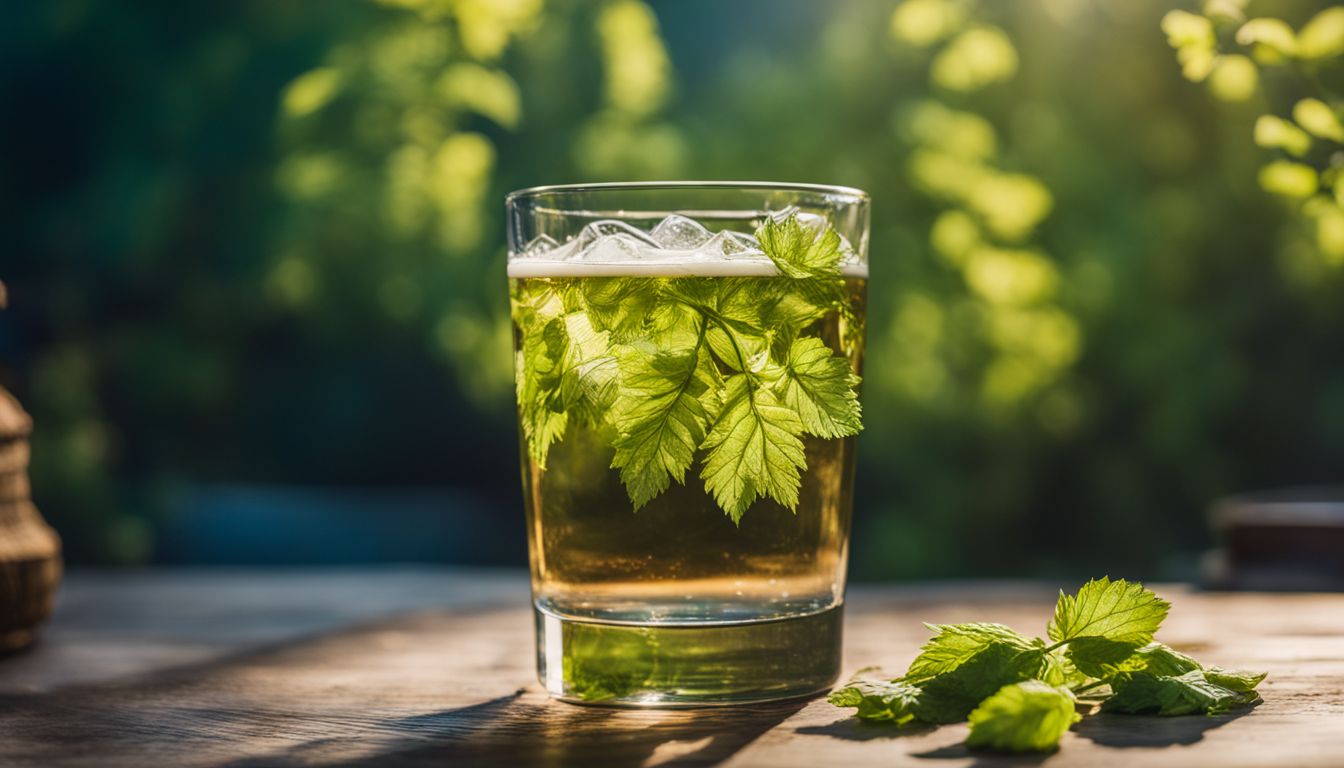
Water is a key ingredient in beer making. It serves as the foundation for the entire brewing process. In fact, water makes up the largest portion of beer. The quality and characteristics of the water can greatly affect the taste and overall quality of the final product.
Different regions have different water profiles, which can result in unique flavors and styles of beer. Brewers often take into account factors like mineral content when selecting their water source to achieve desired flavors in their beers.
So, next time you enjoy a cold one, remember that it all starts with good ol’ H2O!
Barley: Provides fermentable sugars
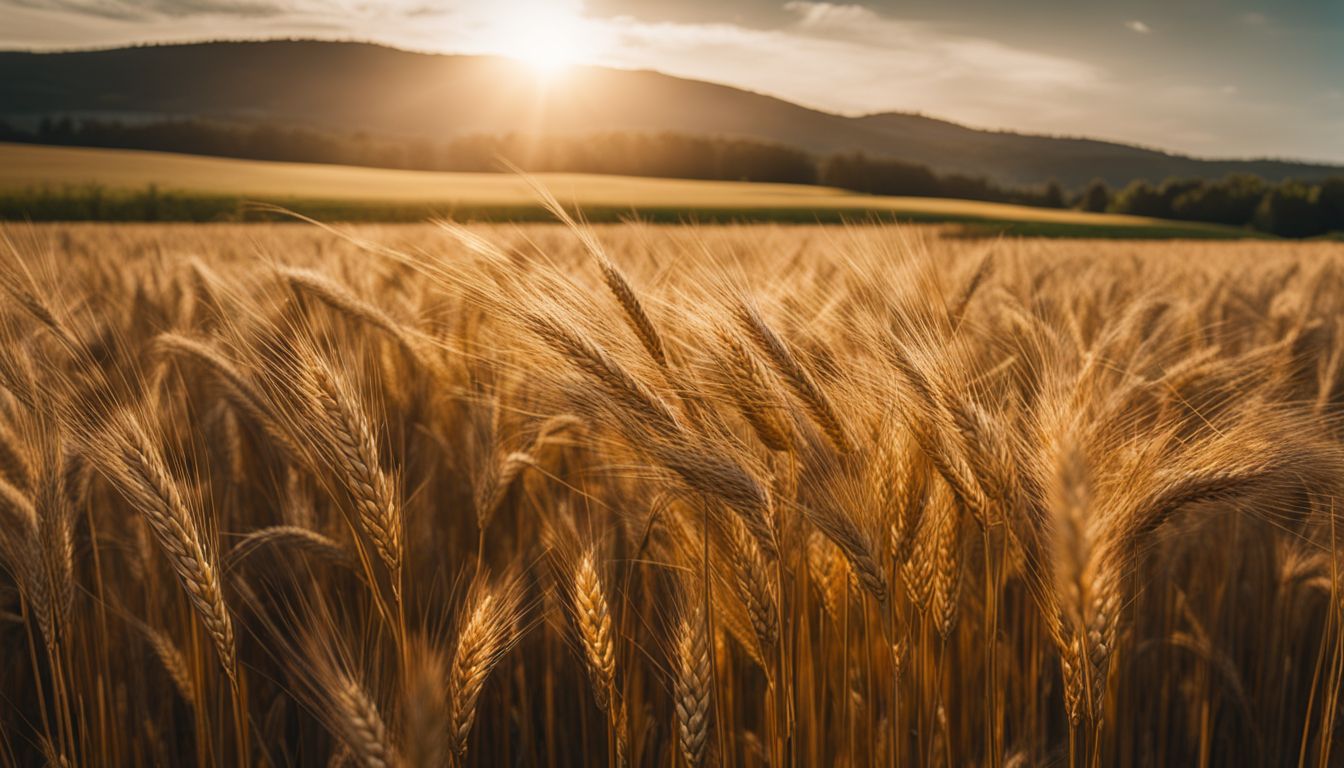
Barley is one of the main ingredients used in making beer. It provides fermentable sugars that yeast converts into alcohol. During the brewing process, barley grains are malted, which means they are soaked and allowed to germinate.
This activates enzymes in the barley that break down starches into sugars. These sugars act as food for the yeast during fermentation, turning them into alcohol and carbon dioxide.
The type of barley used can influence the flavor, color, and body of the beer, so brewers carefully select different varieties for different styles of beer.
Hops: Adds bitterness, flavor, and aroma

Hops are an essential ingredient in beer because they add three important things: bitterness, flavor, and aroma. They come from flowers and give beer that distinct hoppy taste. The bitterness helps balance the sweetness of the grains, while the flavor and aroma can range from citrusy to piney or even floral.
Hops also act as a natural preservative in beer, ensuring it stays fresh for longer periods. So next time you enjoy a cold one, remember that hops are responsible for those delicious flavors that make each sip so enjoyable!
Yeast: Ferments the sugars and produces alcohol and carbon dioxide

Yeast is an important ingredient in beer making. It ferments the sugars in the grains, which creates alcohol and carbon dioxide. This fermentation process gives beer its alcoholic content and bubbles.
Different strains of yeast can produce different flavors and aromas in the final product. So, when you’re enjoying a cold brew, remember that yeast played a key role in making it tasty!
Understanding the Importance of Quality Ingredients in Brewing

Quality ingredients play a crucial role in brewing, as they directly affect the taste and overall quality of the beer produced.
The impact of water quality on beer taste
Water quality plays a significant role in the taste of beer. When brewing beer, water is the main ingredient and makes up most of the final product. Additionally, different minerals and chemicals present in water can affect how the flavors and characteristics of the other ingredients, such as hops and grains, come through in the finished beer.
Remember that certain styles of beer rely on specific water profiles to achieve their intended flavor profiles. For example, a hop-forward IPA may require water with high mineral content to enhance the bitterness of the hops, while a lighter lager might benefit from soft water with fewer minerals for a clean taste.
So when it comes to making great-tasting beer, brewers pay close attention to choosing quality water that complements their desired style.
Selecting the right grains for desired flavors
The choice of grains used in brewing beer has a significant impact on the flavors and characteristics of the final product. Different types of grains, such as wheat, oats, corn, and rice, can be used alongside malted barley to create unique flavors.
For example, wheat contributes a smoothness and creaminess to beer while corn provides a light and crisp flavor. Brewers carefully select these grains based on the desired taste profile they want to achieve in their beers.
By choosing the right combination of grains, brewers can create a wide range of flavors that cater to different preferences and styles of beer.
Choosing appropriate hops for bitterness and aroma profiles
Hops play a crucial role in beer by adding bitterness, flavor, and aroma. When choosing hops for your brew, it’s important to consider the desired bitterness and aroma profiles you want to achieve.
Different hop varieties have different levels of alpha acids, which contribute to bitterness. For example, if you prefer a more bitter beer, you might choose hops with higher alpha acid content.
On the other hand, if you’re looking for more aromatic qualities in your beer, hops with lower alpha acid content but higher essential oil content are ideal. By carefully selecting the right hops for your recipe, you can create a beer that has the perfect balance of flavors and aromas that suit your taste preferences.
The importance of using quality yeast for fermentation
Quality yeast is a crucial ingredient in the brewing process because it plays a vital role in fermentation. During fermentation, yeast consumes the sugars from the grains and converts them into alcohol and carbon dioxide.
The type of yeast used can greatly influence the flavor, aroma, and overall quality of the beer. Different strains of yeast produce different characteristics, such as fruity or spicy flavors.
Using high-quality yeast ensures that these desirable flavors are developed properly during fermentation, resulting in a better-tasting beer. Additionally, quality yeast also helps to ensure consistency in the brewing process, making each batch of beer turn out as intended.
Conclusion

Beer making is a fascinating process that involves the combination of four key ingredients: water, grains (usually malted barley), hops, and yeast. Each ingredient plays a crucial role in creating different beer styles and flavors.
Understanding these ingredients and their functions is essential for appreciating the art of brewing and enjoying a great beer. Cheers to the wonderful world of beer making!
FAQs
1. What are the key ingredients used in beer making?
The key ingredients used in beer making are water, malted barley, hops, and yeast.
2. Why is water an important ingredient in beer making?
Water is an important ingredient in beer making as it makes up the majority of the beer’s composition and affects its taste, aroma, and mouthfeel.
3. What role does malted barley play in beer making?
Malted barley provides the sugar needed for fermentation and contributes to the color, flavor, and body of the beer.
4. How do hops contribute to the brewing process?
Hops add bitterness to balance out the sweetness of malted barley, provide aroma, act as a natural preservative, and enhance foam stability in beers.
